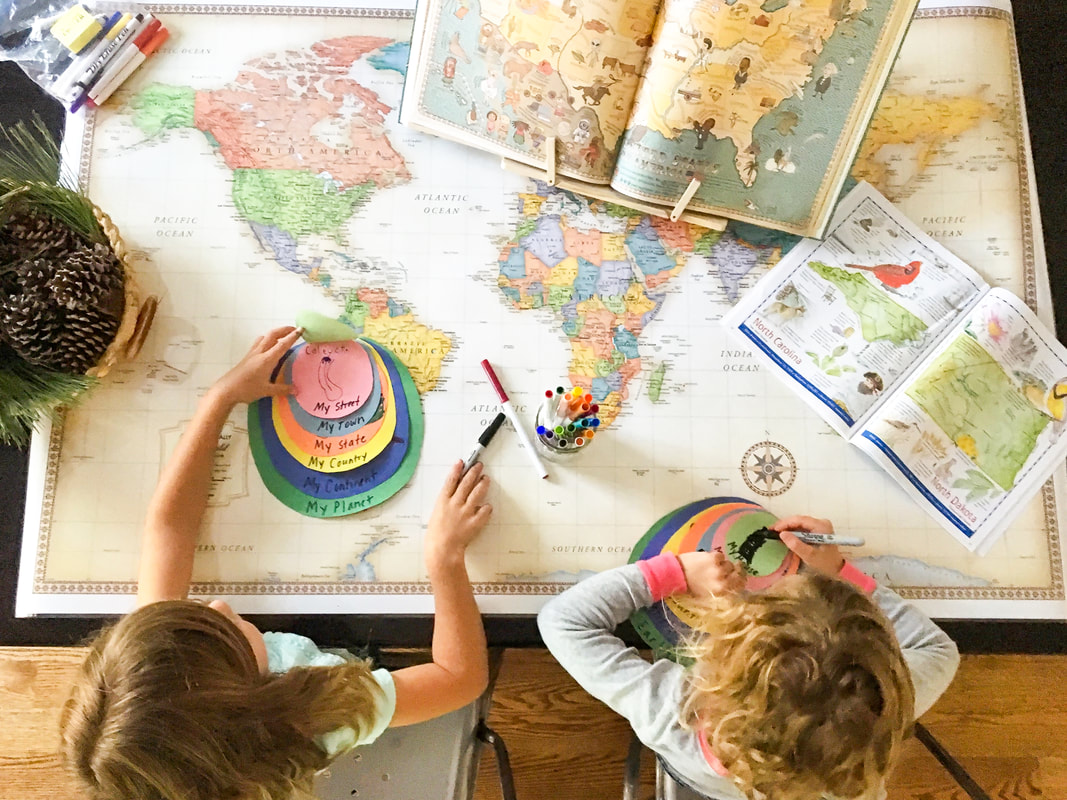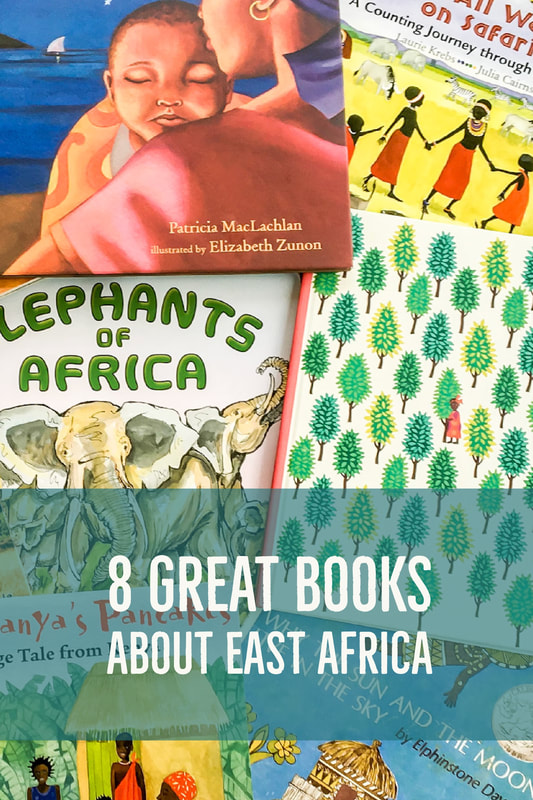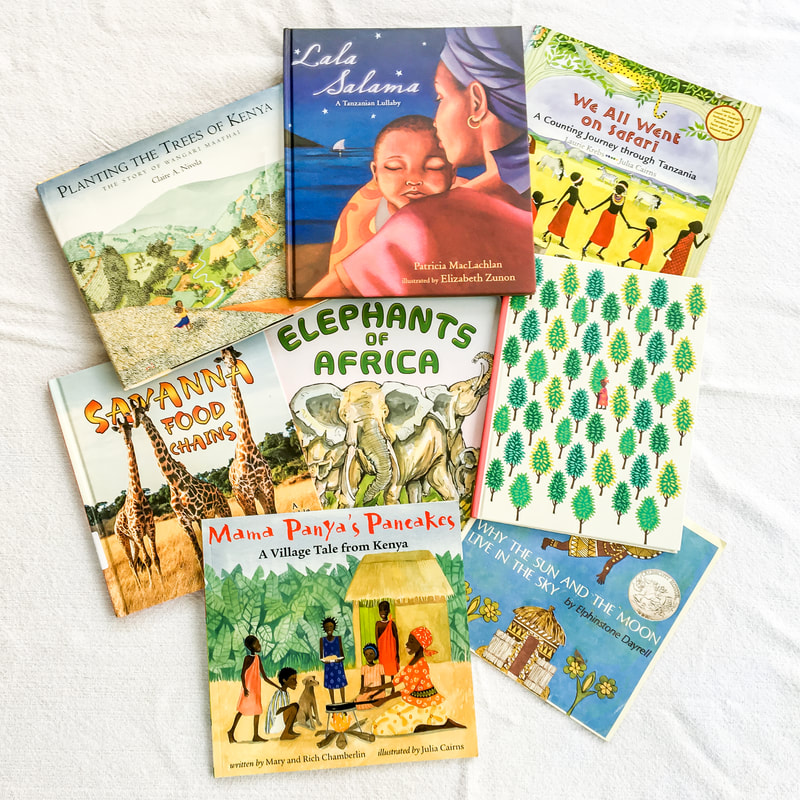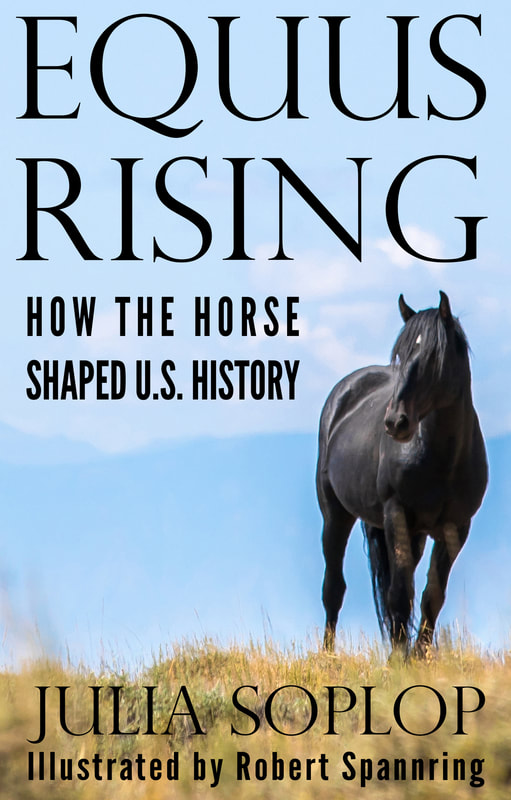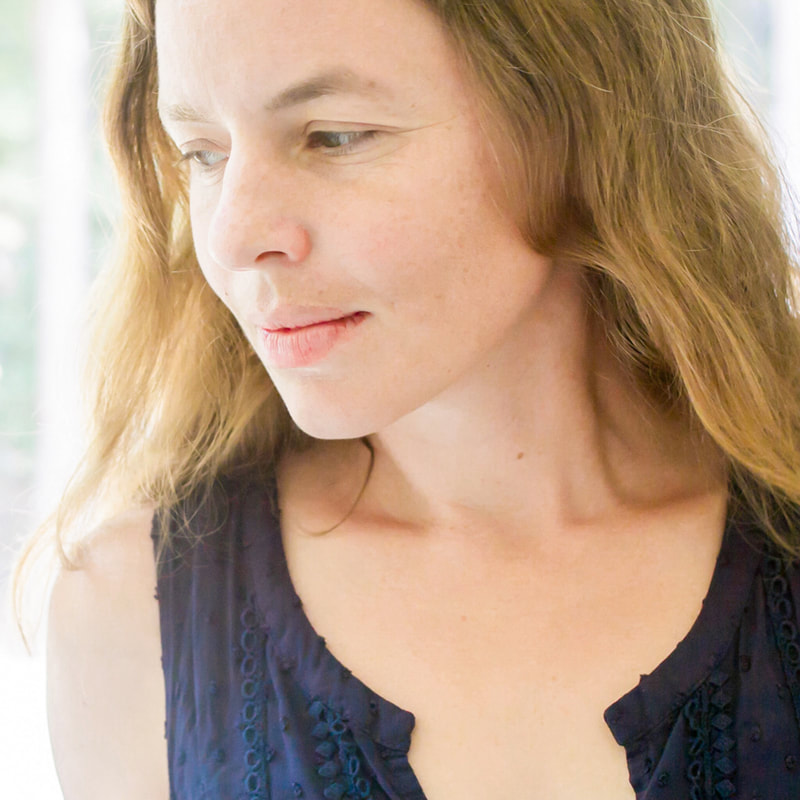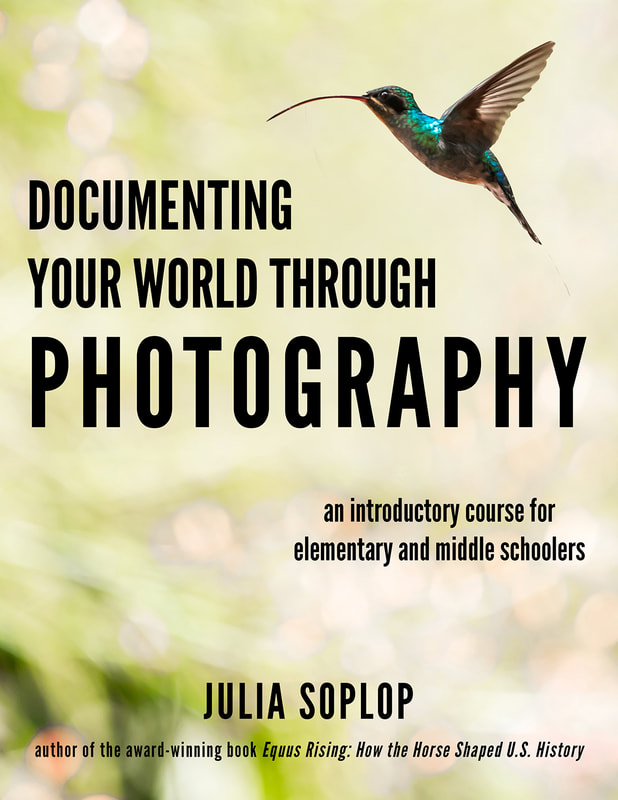|
Yes, I wish my kids joy and happiness. But I also wish them the ability to empathize with their fellow human beings. I wish them the ability to recognize themselves as global citizens—an existence that comes with great responsibility to the Earth and each inhabitant and ecosystem alike, particularly the most vulnerable among us. I wish them the ability to think critically—to fully understand the concept and process of evidence-based reasoning and demand evidence over ignorance at every level they encounter.
But wishing is not enough. Instilling these skills and values will take work. We began homeschooling in August, so my kids’ formal academic instruction sits squarely on my shoulders. Two months in, I started to evaluate how we were spending our time, what was working, what was not. Yes, we were learning to add and read and write in complete sentences—all those necessary stepping stones for academic success. But nothing in our curriculum was edging us toward understanding global citizenship in a meaningful way. So I scrapped some of our curriculum and began to design an “Around the World” unit study, which will take us to a new region each month or two (roughly, but not exactly by continent). Through mostly “living books,” as Charlotte Mason would call them (interesting literature instead of textbooks), we’ll use each region as a framework to study geography, biology, geology, culture, language and history. When I was in school, history and geography studies were usually framed around the same thing: how, when and why men fought men over land and power, and who was victorious. There is plenty of time later to learn all of that. But doesn’t a child deserve to view the world with awe? (I realize that while all children deserve to view the world with awe, many do not have the luxury. We are privileged to be able to offer this viewpoint at this time.) I would like to expose my kids, the older of whom are just 5 and 6, to fascinating aspects of the world and the goodness of so many of its people, despite humanity’s perpetual violence. My goals are to find literature focusing on the following themes: -People, especially women and children, whose sense of empathy for others led them to contribute in interesting and inspirational way to their communities, whether through small, thoughtful actions or in large-scale ways. -The interconnectedness and remarkability of all life forms and our responsibilities as stewards of the Earth, particularly through the exploration of ecosystems and threats to their health, and ways conservationists and citizens can work to reduce these threats. (We do nature and STEM studies beyond the Around the World unit study, as well.) -The celebration of cultures and languages in ways that promote respect for and admiration of diversity, not fear or negativity. As I began to search for literature suggestions, I read a blog post by a woman who admitted that despite trying to teach her kids to celebrate diversity, she realized one day in horror when she looked at her bookshelves that their literature collection was anything but diverse. When I read her words, I felt a knot growing in my stomach. Our bookshelves are not nearly as diverse as they could or should be if we are serious about raising global citizens. We’ve got work to do. Finding age-appropriate literature online can be tricky, since reading levels are not always well labeled. So the first thing I did was buy this reference book: “Give Your Child the World: Raising Globally Minded Kids One Book at a Time,” by Jamie C. Martin. She divides her book suggestions by region and age level. The religiosity of her introduction made me worry her recommendation lists would focus on books with a Christian world view instead of incorporating a diversity of viewpoints, but I haven’t found that concern to be true so far. Most of the books below come from Martin’s suggestions.
I decided to start our unit study in Africa, partially because my heart has always been there, but also because Nora is obsessed with lions. I wanted to win her over fast on our new school approach. And I may have gotten a little excited about all the literature Martin suggests (plus more from digging around online) and ordered so many books that we may never reach another continent. (Lesson learned: pick a handful or two of books per region and then move on, or you won’t make it around the world in a year.) We started two weeks ago in East Africa and will work our way around the continent in five sub-units.
East Africa (Part 1: Kenya and Tanzania)
(I should note that not all authors and illustrators from this list are native to the countries or regions about which they write.) You could go in so many directions with these books, and I have a full list of activities and assignments we won’t even get to this round. But here is a quick summary of how we approached our studies. Geography: Identified the continent of Africa on a world map. Identified on a map the country or region where each story takes place and where each animal lives. Language: Produced several creative writing assignments related to the literature and species/ecosystems studied. Compared and contrasted two books based on the life and work of the same woman. Read books with Swahili numbers and phrasing mixed in. (My goal isn’t for them to memorize every language we encounter along our journey, but to understand and respect the use of different languages—to hear or read a word in a different language and think, “I’d like to learn more about that language,” instead of, “Well that sounds funny!”) Biological Sciences: Organized studies around “Savanna Food Chain.” Drew savanna food chain and energy pyramid. Studied plants or animals from each level of the energy pyramid, and drew pictures or wrote stories or reports to reinforce the knowledge. Wrote about the hunting techniques of a specific savanna predator. Learned about the great migration and why animals migrate (food!). Learned about endangered species of the savanna, poaching and environmental degradation. Will be visiting the zoo’s Africa exhibit next week. Culture and Art: Tried hand at painting animals in a traditional style. Made Kenyan pancakes. Painted and drew numerous pictures of African wildlife. Read books set in rural villages. Other: We were all were quite enthralled by the two stories about Wangari Maathai, the first African woman to win the Nobel Peace Prize for her work that resulted in the planting (or replanting) of more than 30 million trees in Kenya. We will be planting a tree in Wangari’s memory in our front yard. One night, Nora asked me to read the books about Wangari again and then said, “Mom, I want to do something to help EVERYONE in the world, like how Wangari helped Kenya. What can I do?” I knew in that moment we were on the right track. And I’ll be clinging to that moment as we move forward. Whether you’re homeschooling or just want to increase the diversity of your children’s literature collection, I hope you’ll follow along as I post our book lists and activities throughout the year. Learn about my intro photography curriculum Documenting Your World Through Photography: An Introductory Course for Elementary and Middle Schoolers More Around the World Book Lists East Africa (Part I) East Africa (Part II) and Central Africa North Africa (Egypt) Southern Africa West Africa The Arctic Antarctica I may receive a small commission from the Amazon affiliated link on this page at no additional cost to you.
3 Comments
11/8/2017 08:10:53 pm
Hi Julia,
Reply
Deborah Lustig
11/9/2017 08:48:48 am
also check out https://code.ngo/teacher-resources
Reply
Julia
11/14/2017 09:34:27 am
Thanks you for these wonderful suggestions, Deb!
Reply
Leave a Reply. |
My new book is out! Click to learn more about it.Hello thereI'm Julia Soplop, writer and photographer. I believe there is something profound in bearing witness to moments of joy and pain in others’ lives. My husband, three girls and I live outside of Chapel Hill, NC. You can read more about me here.
Snag my new photo curriculum for kids!Categories
All
Popular posts |

